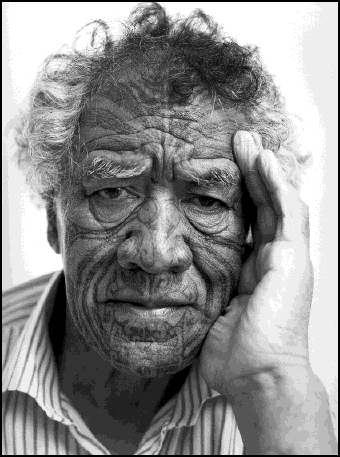You are currently browsing the daily archive for December 4, 2007.

The Telegraph , Tuesday 4 December, 2007
Just how far do we judge people by appearance? Richard Wiseman wants volunteers to help him find out.
Most of us think that we can tell a great deal about a person within moments of meeting them. Simply by looking at their face, we feel we intuitively know whether they are outgoing or shy, caring or selfish, dishonest or trustworthy. But is this really the case, or are we just kidding ourselves?
To find out, I am running a unique online experiment for The Daily Telegraph, examining whether we do judge a book by its cover. It will take only a few moments to take part – all you need to do is visit www.facesexperiment.co.uk and give us your verdict on the likely personalities of the people in a set of portrait photographs.
Past research suggests that most people are quick to associate personality traits with certain facial characteristics. Having a high forehead and wearing glasses is seen as a sign of intelligence, while a friendly and expressive face is seen as indicative of being outgoing. Close-set eyes and a face that isn’t symmetrical are associated with dishonesty.
Worryingly, such perceptions can have important consequences. Psychologist Alexander Todorov and his colleagues at Princeton University presented students with pairs of photographs, each showing the winner and the runner-up in a race for the US Senate. Todorov asked the students to choose which of the pair looked more competent. Even though they saw the pictures for just one second, their choice of which looked most competent echoed the actual election results about 70 per cent of the time. It seems that simply looking up to the job is enough to woo voters.
I carried out a similar experiment in this newspaper a few years ago, exploring whether the same effect might be present in the courtroom. We asked readers to play the role of jury members by reading an account of a mock trial, looking at a photograph of the defendant, deciding whether he was guilty or innocent, and then recording their decision by telephoning one of two numbers.
Everyone was presented with exactly the same evidence about the crime, but half the readers saw a defendant whose face had characteristics that we associate with criminals: a broken nose and close-set eyes. The other half saw a defendant whose face matched that of the stereotypical innocent: baby-faced and clean-shaven.
To ensure that the experiment was as controlled as possible, both defendants were dressed in identical suits and had the same neutral expression. Yet significantly more readers returned a guilty verdict on the man who just happened to fit the facial stereotype of a criminal.
To date, most of the research in this area has examined the impact of fairly obvious differences in facial features. Our new experiment will be the first to examine whether the same effects also exist for far more subtle aspects of our appearance. We need as many people to participate as possible, so please go online and take part. The results will be published before Christmas.

Recent Comments